What is Fertigation?
The first time I saw the word fertigation, I was confident that it was a typo. Still, after researching and understanding the union of irrigation and...
2 min read
Joy King : Jan 29, 2021 4:00:00 AM
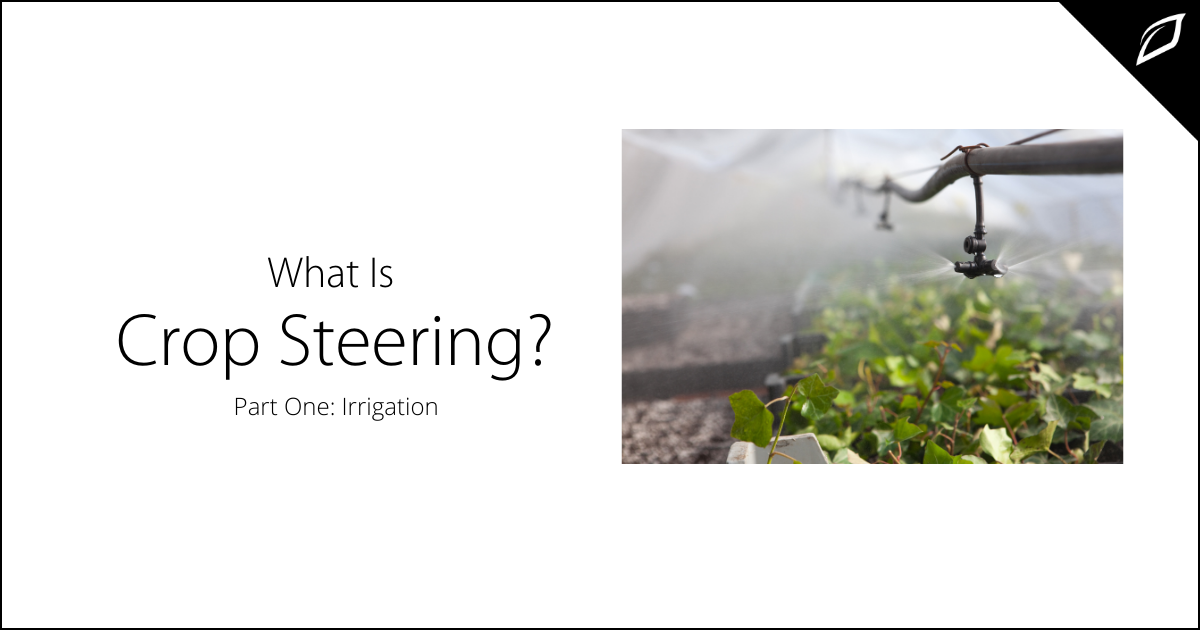
Conversations around the idea of crop steering to increase yields, save resources, and boost terpenes and aromas have increased in the last few years amongst cannabis growers. Some growers contend that crop steering is just a new way of discussing dry down, a technique where farmers allow crops to dry out between watering or feeding to encourage a particular type of growth. Others contend that it's basically just mimicking the natural conditions plants would be subject to if they were grown outdoors. Let's dig into it and see what all the hype is about.
What Is The Vegetative Growth Stage?
Plants that flower go through different phases in their life cycle. After germination, plants quickly grow larger leaves, and stems become thicker. It's the height of the photosynthesis process, as plants gather light and convert it into foliage. During this vegetative stage, plants need for nitrogen is at its highest.
The vegetative stage can last for four to eight weeks depending on the strain, and sometimes even longer. You can tell when the vegetative stage ends when plants begin to bud, whether they have reached their full-grown size or because conditions have triggered reproduction.
What Is The Generative Growth Stage?
In the generative stage (also known as the flowering stage), the plant begins to flower and bud. The plant's energy is directed toward reproduction, creating flowers and buds. If a plant is overly generative, it may stop growing new leaves at the top, consequently slowing or stopping the growth and producing new fruit.
Balancing the two stages is vital for healthy plants with a good yield of fruit.
Steering With Irrigation
For Part One, we're only looking at how crop steering works with irrigation. The volume, regularity, and timing of irrigation affect how plants respond. Adjusting irrigation, specifically for the environment, development stage, and plant growth can improve final product quality. To read about crop steering with climate, go to Crop Steering Part Two here.
To Enhance Vegetative Growth
When you want your plants to grow faster during the initial growth stages, you can implement an irrigation strategy by doing the following:
These steps should encourage plant growth and allow for adequate recovery time.
To Encourage Generative Growth
To slow down vegetative growth and allow for more generative or flowering growth, you need to decrease the substrate's overall water content. You can do this by:
You should always test strategies. Every grow is different so closely monitor your plants to ensure that they're not overly stressed. Also, be mindful of your goals.
.png?width=1920&name=Growlink_Crop-Steering-Irrigation-Infographic_Arrows%20(1).png)
How Automation Can Help
Because crop steering, or closely controlling dry down rates, is closely associated with the frequency, duration, and timing of feeding or dosing schedules, automating your irrigation can be a massive advantage in successfully implementing a crop steering strategy over hand watering.
Fertigation or in-line injection of fertilizers into the irrigation line can be pre-programmed based on your specifications. Automated irrigation allows you to pre-program feed timing, water, and nutrient amounts and precisely monitor your growing media's water content. A fertigation system will allow you to monitor the pH, EC of the nutrient solution applied to your plants. In contrast, soil moisture probes allow you to monitor the media for moisture content and trigger crop steering events based on your plan. It's an easy way to test crop steering with the least amount of labor costs.
Final Thoughts
Undertaking any new method of growing requires testing and time. It's critical to test a small section before rolling it out to your entire grow operation if the outcome doesn't match the desired result. Choose your equipment wisely, and be sure to use automation that's reputable and is backed with reliable customer support. Check back next week for Part Two of this blog to cover crop steering with environmental conditions. For more on crop steering, check out www.cropsteering.com
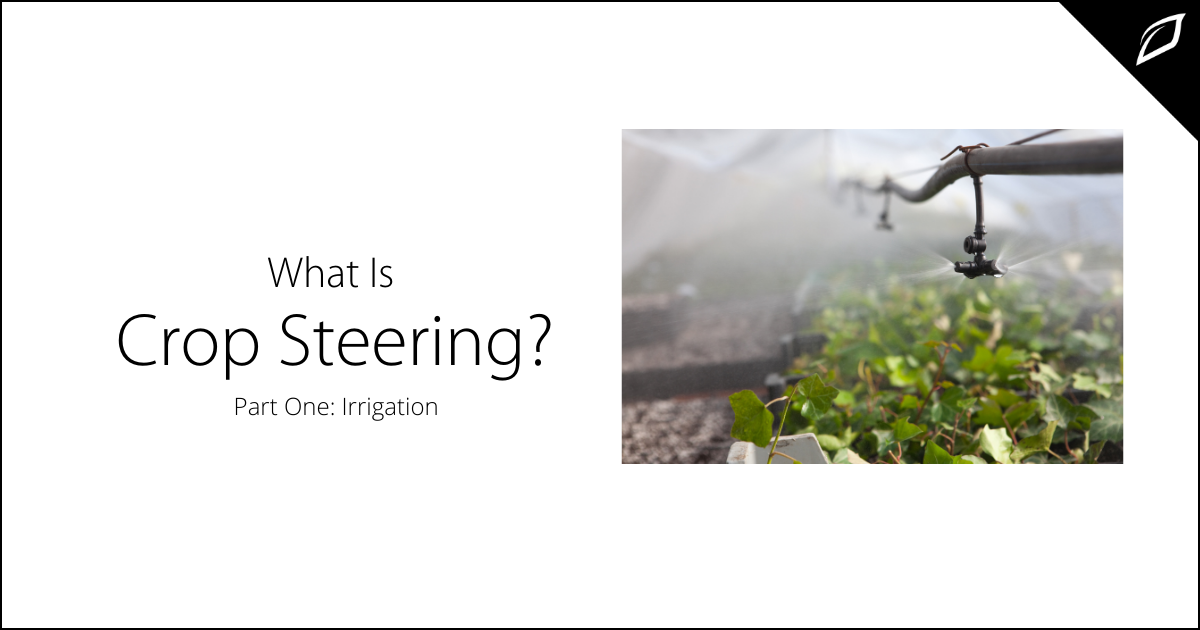
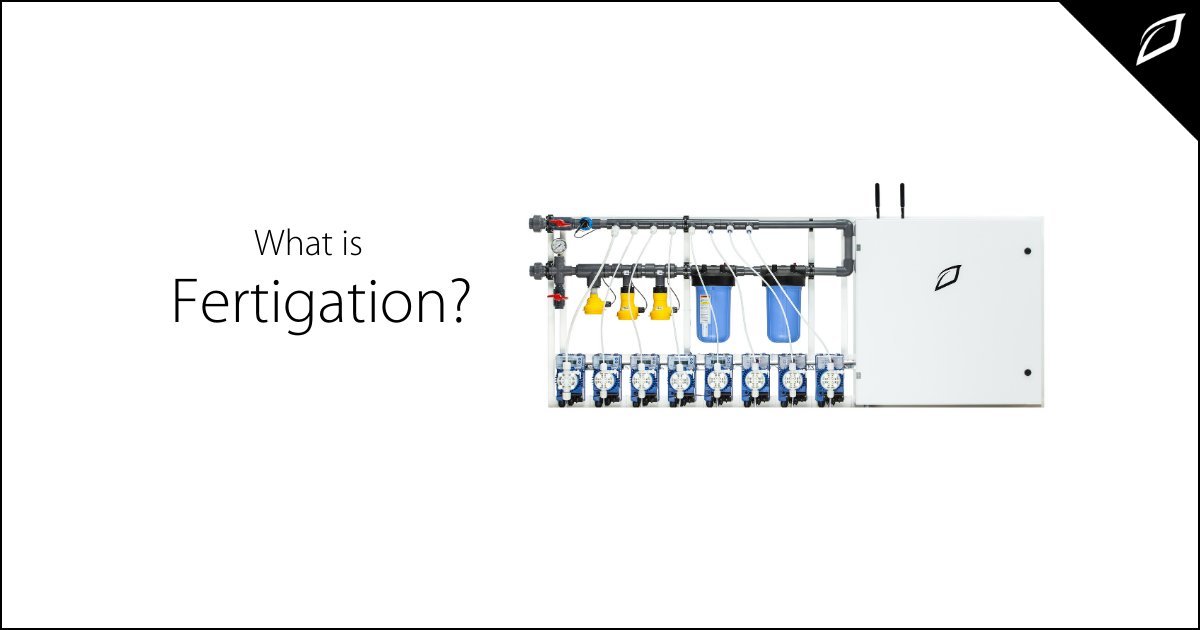
The first time I saw the word fertigation, I was confident that it was a typo. Still, after researching and understanding the union of irrigation and...
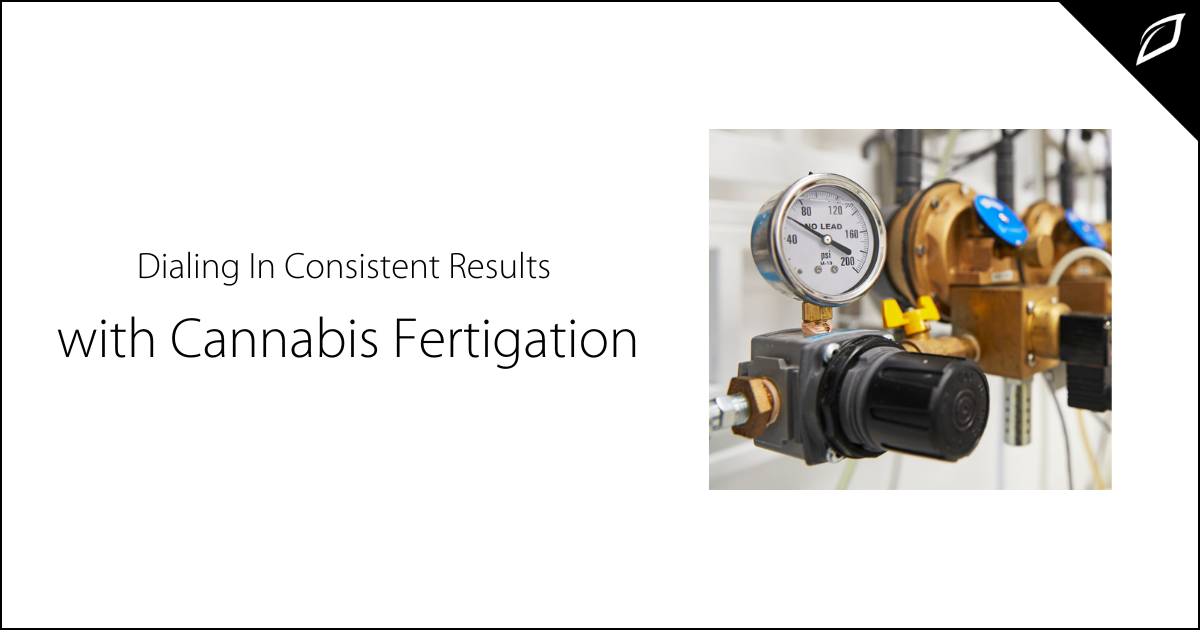
The US cannabis industry has become one of the fastest growing markets, with an overall increase in sales of 29.9 billion USD from 2015-2022. This...
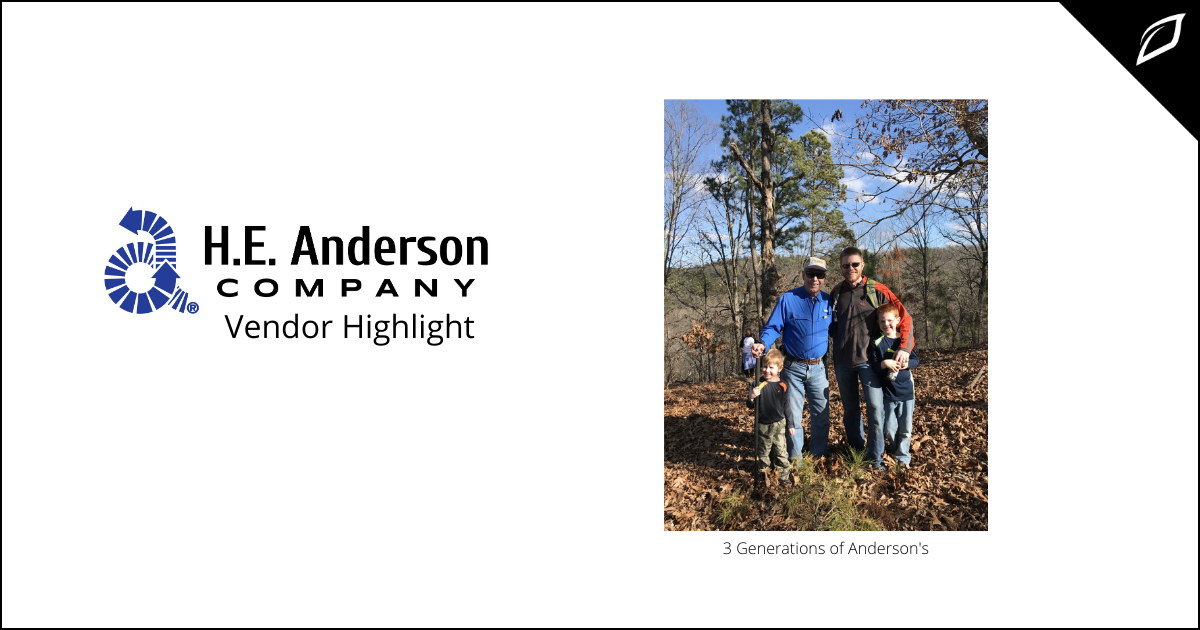
What started as a man tinkering on innovations in his garage in the 1950s turned into a quality company with a profound past and an extremely bright...